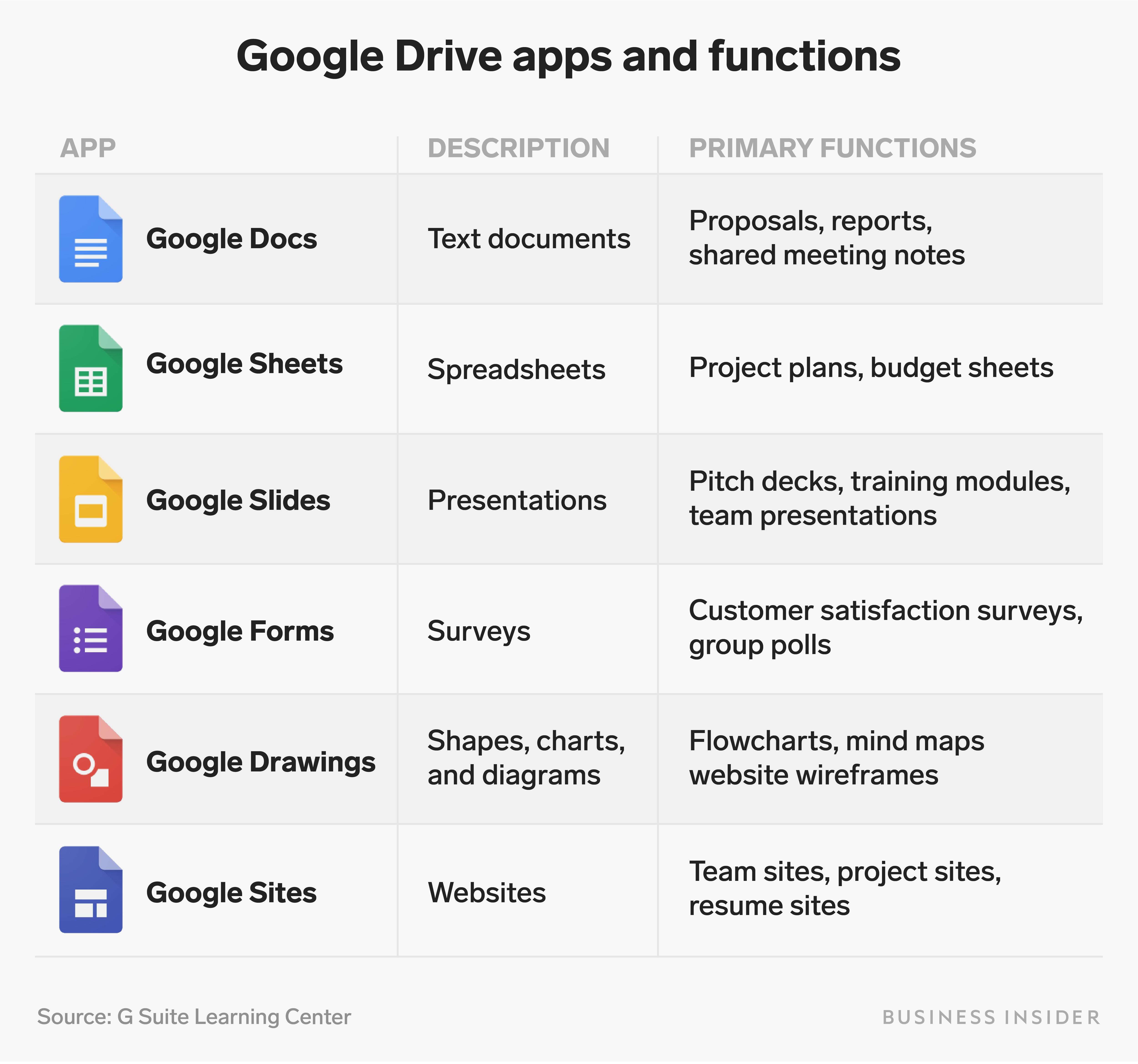

Nowadays, choosing an office suite isn’t as simple as it once was. Microsoft 365 is what we’ve focused on in this story.

Microsoft, meanwhile, has shifted its emphasis away from its traditional licensed Office software to Microsoft 365 (formerly Office 365), a subscription-based version that’s treated more like a service, with frequent updates and new features. Although Google’s productivity suite didn’t immediately take the business world by storm, over time it has gained both in features and in popularity, boasting 6 million paying customers, according to Google’s most recent public stats in March 2020. Then in 2006 Google came along with Google Docs & Spreadsheets, a collaborative online word processing and spreadsheet duo that was combined with other business services to form the Google Apps suite, later rebranded as G Suite, and now as Google Workspace. By the late ‘90s and early 2000s, Microsoft’s office suite had brushed aside rivals such as WordPerfect Office and Lotus SmartSuite, and there was no competition on the horizon. Once upon a time, Microsoft Office ruled the business world.


 0 kommentar(er)
0 kommentar(er)
